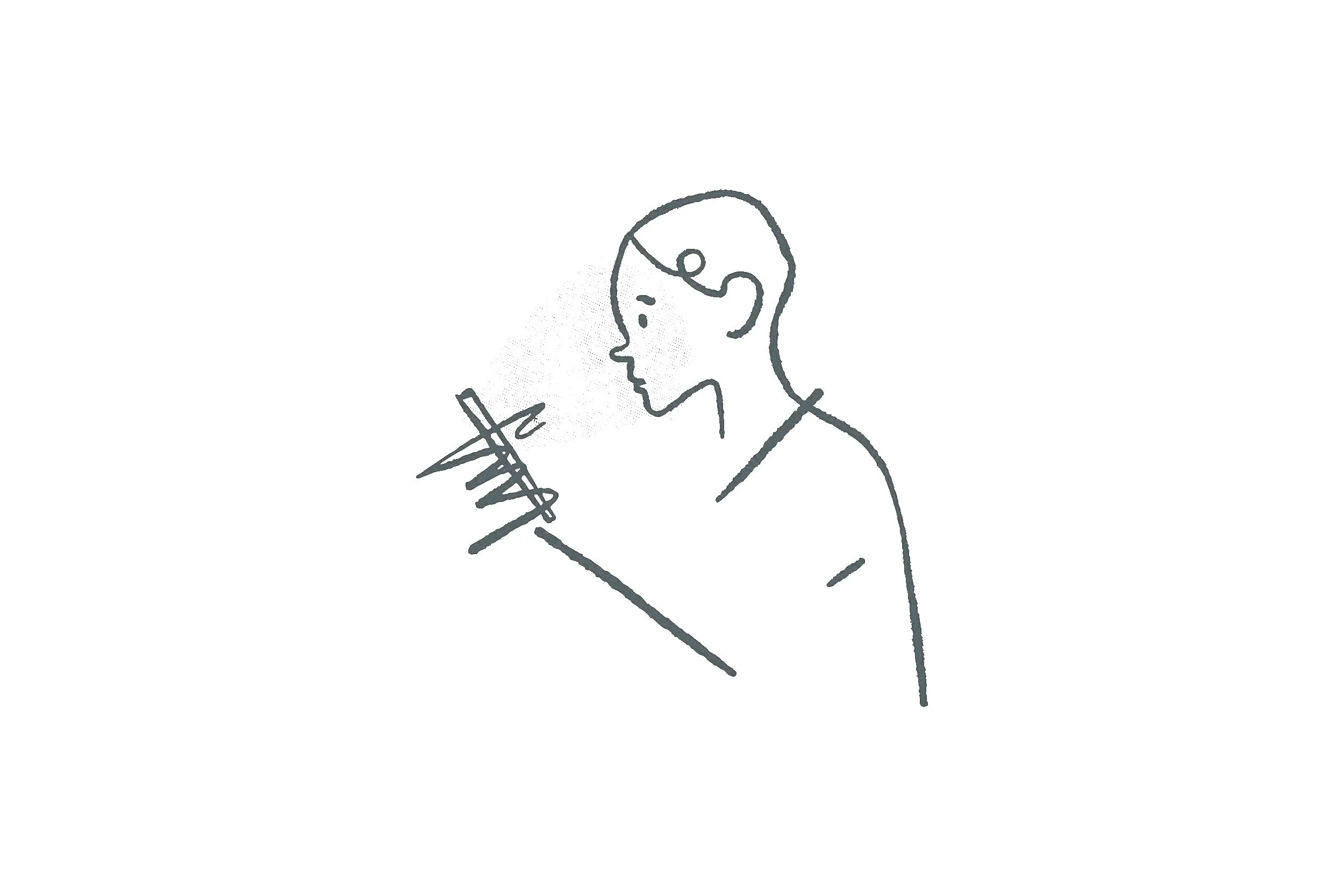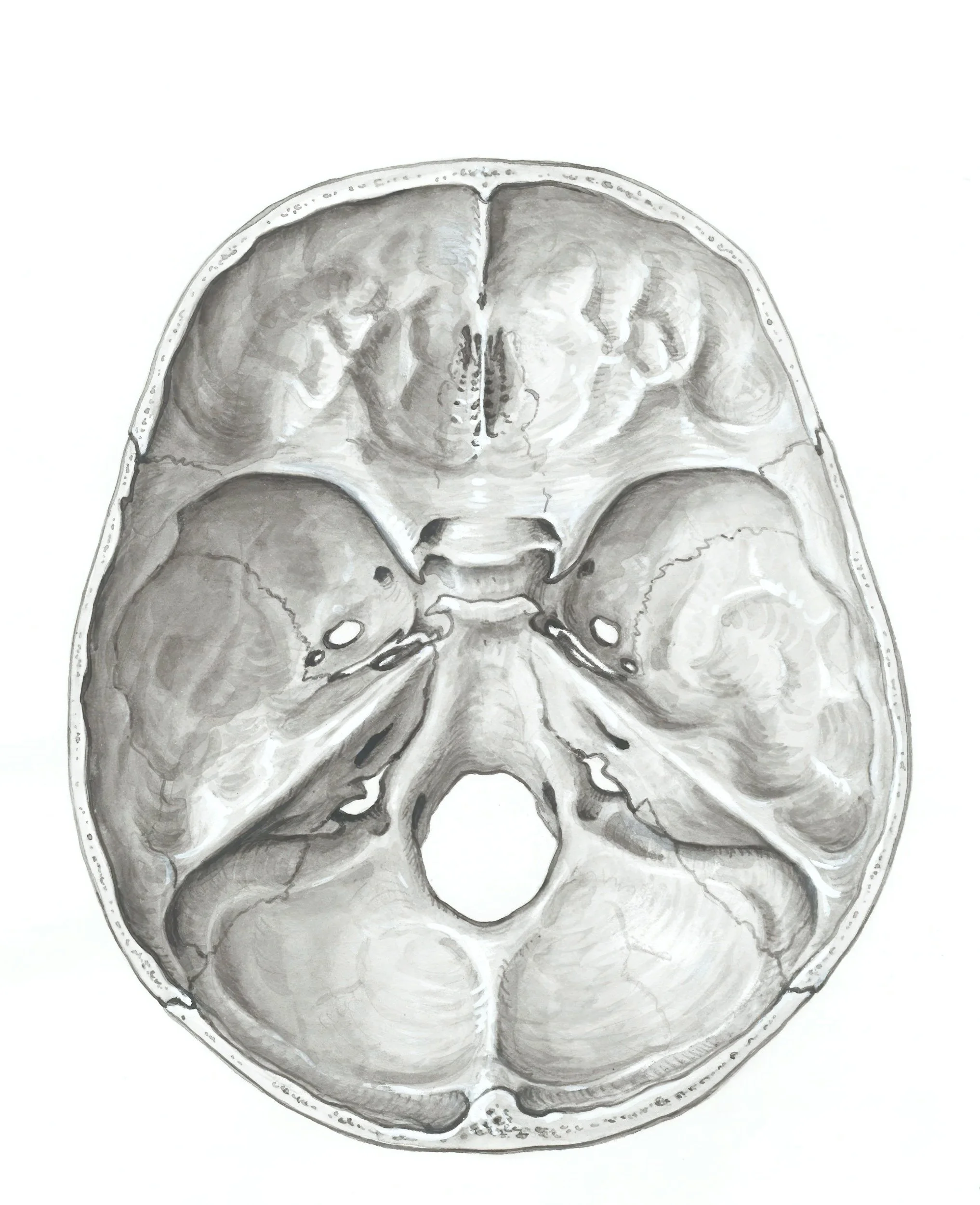
Empowering minds, nurturing growth.
Our services
Schema Therapy
Schema therapy is a type of therapy that helps people understand and change ingrained patterns or habits they have developed, often from
childhood. These patterns, called "schemas," are like negative beliefs or ways of thinking about themselves and the world, such as feeling that
they are unlovable, fearing abandonment, or believing they must always be perfect.
These schemas can influence how someone feels and reacts in everyday life, often causing problems in relationships, self-esteem, or mental
health.
In therapy, the goal is to help the person recognize these old patterns, understand where they come from, and learn how to think and act in
healthier ways. The therapist might use different techniques like talking, role-playing, or visualization to help change these deep-rooted beliefs,
so the person can feel better and have healthier relationships.
Schema therapy is an effective treatment for most mental health challenges and is often a good option for those people who have been in
therapy before and have not achieved the changes they were aiming for. Schema therapy can be paired with EMDR therapy for treating trauma
and other mental health challenges.
Cognitive Behaviour Therapy
Cognitive Behaviour Therapy (CBT) is a form of psychological treatment that focuses on identifying and changing unhelpful thought patterns and behaviours.
It operates on the principle that our thoughts, feelings, and behaviours are interconnected, and that negative thoughts can contribute to emotional distress and maladaptive behaviours.
CBT is structured, goal-oriented, and typically short-term, aiming to equip individuals with practical skills to manage challenges such as anxiety, depression, and stress. Techniques often include cognitive restructuring, behavioural activation, and exposure exercises, helping individuals develop healthier thinking patterns and coping strategies. CBT is widely used due to its evidence-based effectiveness across a range of mental health conditions.
Dialectical Behaviour Therapy.
Dialectical Behaviour Therapy (DBT) is a type of cognitive-behavioural therapy developed to treat individuals with intense emotional dysregulation, particularly those with borderline personality disorder. It combines strategies such as mindfulness, distress tolerance, emotion regulation, and interpersonal effectiveness to help individuals manage painful emotions and reduce self-destructive behaviours.
DBT emphasises balancing acceptance and change, promoting skills to improve emotional stability, enhance relationships, and foster a more functional and fulfilling life. DBT is a comprehensive therapy with an emphasis on skill development and the application of these skills into a persons daily life to help them achieve balance and have positive relationships.
Eye Movement Rapid Desensitisation
EMDR (Eye Movement Desensitization and Reprocessing) is a psychotherapy approach used primarily for treating trauma, complex trauma and PTSD. It helps the brain reprocess traumatic memories that are "stuck," leading to a reduction in emotional distress.
The process involves the client recalling a traumatic memory while the therapist guides them through "bilateral stimulation," which often involves side-to-side eye movements. This stimulation helps the brain reprocess the memory in a way that reduces its emotional intensity, allowing the client to form a more adaptive and less distressing view of the event.
EMDR is a phased treatment that firstly involves building a sense of safety and a stabilisation of trauma symptoms. Thereafter, an assessment of the trauma memories is conducted followed by reprocessing of the traumatic incidents. Lastly, future targets are identified and visualisation
and processing is used to promote helpful ways of responding to triggers and reducing anxiety.



